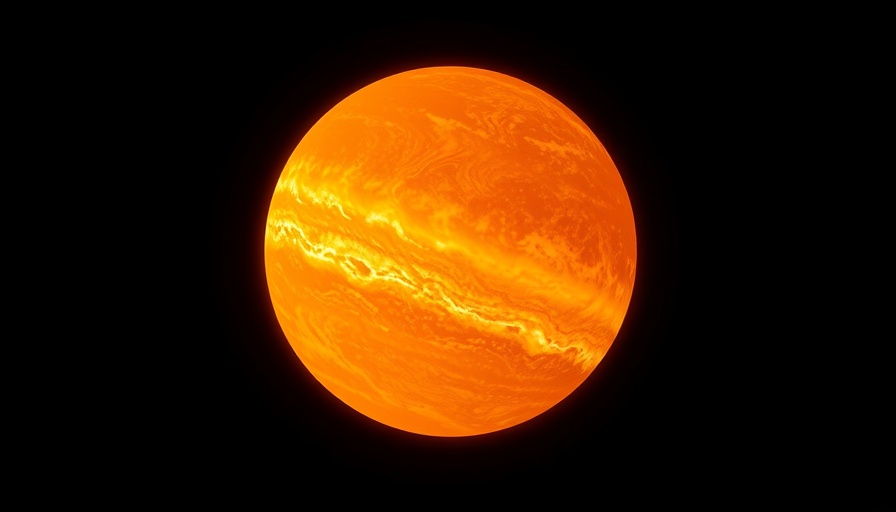
Historic Spacecraft Bid Farewell After 53 Years in Orbit
In an event reminiscent of a bygone era, a Soviet-era spacecraft, Kosmos 482, met its fate as it plummeted to Earth on May 11, 2025. After spending over half a century caught in the grips of Earth’s orbit due to a malfunction during its 1972 launch, Kosmos 482 was originally designed for a mission to Venus. Its descent was observed by both the Russian Space Agency and the European Union's Space Surveillance and Tracking system.
Tracking the Plunge: Where Did It Land?
The spacecraft reportedly fell over the Indian Ocean, though experts remain divided on the exact location. Despite concerns, scientists affirmed that the likelihood of debris injuring anyone was exceedingly low, given the vastness of Earth's surface in relation to the relatively small size of the spacecraft.
The Legacy of Kosmos 482
Kosmos 482 was one of several Soviet missions aimed at exploring Venus, but a rocket failure kept it tethered to our planet's orbit. While much of the spacecraft disintegrated upon reentry, the lander—a 3-foot spherical pod encased in titanium—was the largest surviving piece. Built to withstand Venus's extreme temperatures, experts speculate that some remnants may have survived the fiery reentry.
The Science Behind Space Debris Monitoring
Space debris, such as Kosmos 482, poses an interesting challenge for space agencies worldwide. Experts monitored its orbital decay intensively, especially given the unpredictability brought by solar activity and the spacecraft's prolonged exposure to the harshness of space. While the U.S. Space Command routinely tracks numerous reentries each month, Kosmos 482 stood out due to its lengthy history and the intrigue it spurred among scientists and military experts alike.
Future of Orbital Debris Management
As humanity progresses deeper into the future of space exploration, the issue of space debris increasingly demands attention. The return of Kosmos 482 shed light on the challenges of managing aging satellites and spacecraft that occupy low-Earth orbit. The European Space Agency, among others, is actively working on solutions to prevent future hazards associated with defunct objects in our skies.
Conclusion: Reflecting on a Space Pioneer
While Kosmos 482 might have ultimately failed its mission to Venus, its long journey in orbit serves as a reminder of the technological advancements since the Soviet space race. It's essential to reflect on these milestones as we tackle the challenges of contemporary space exploration and debris management. As we continue to push the boundaries of space travel, let's remain cognizant of how we manage our past legacies in orbit.
 Add Row
Add Row  Add
Add 




Write A Comment